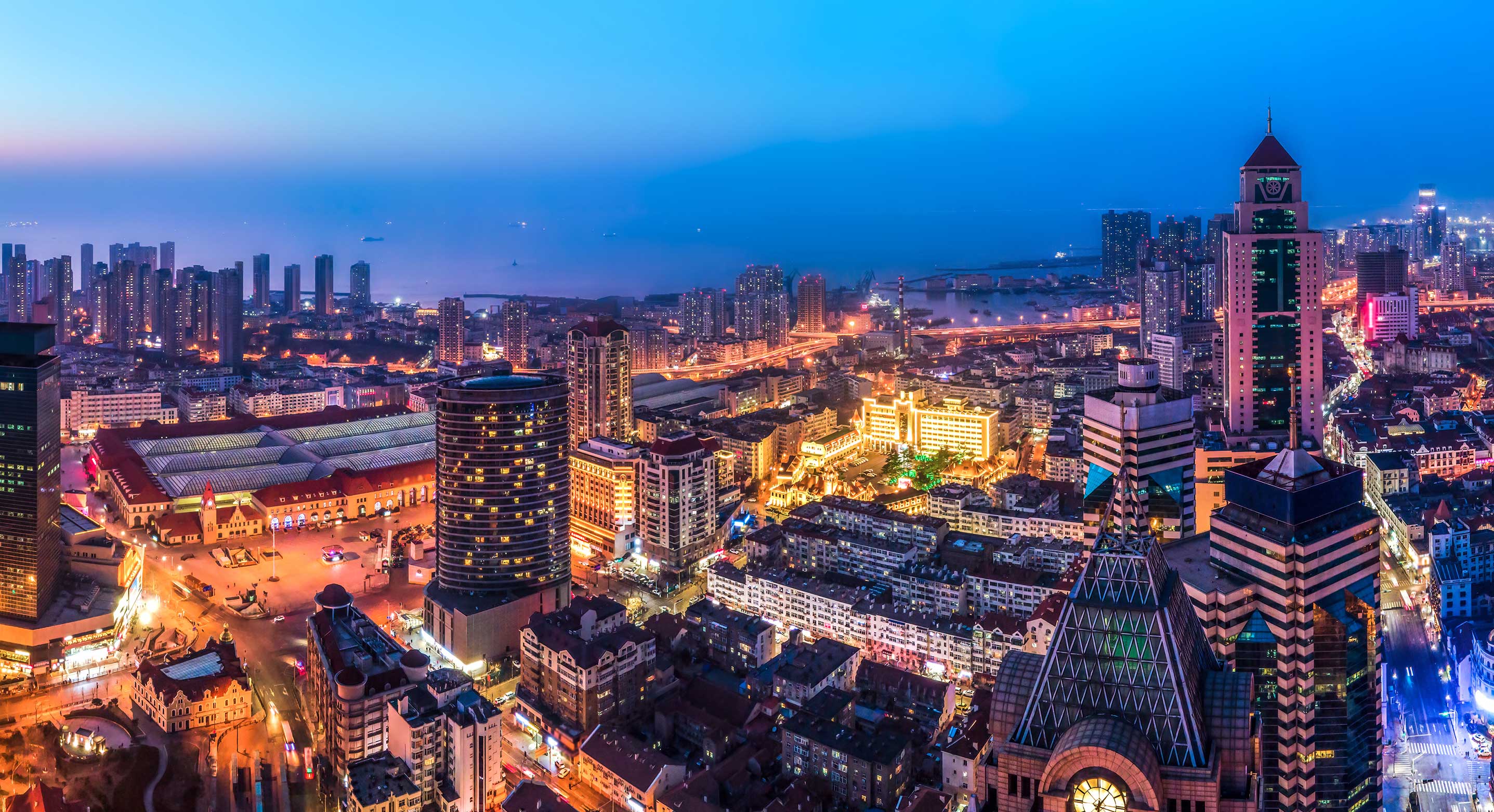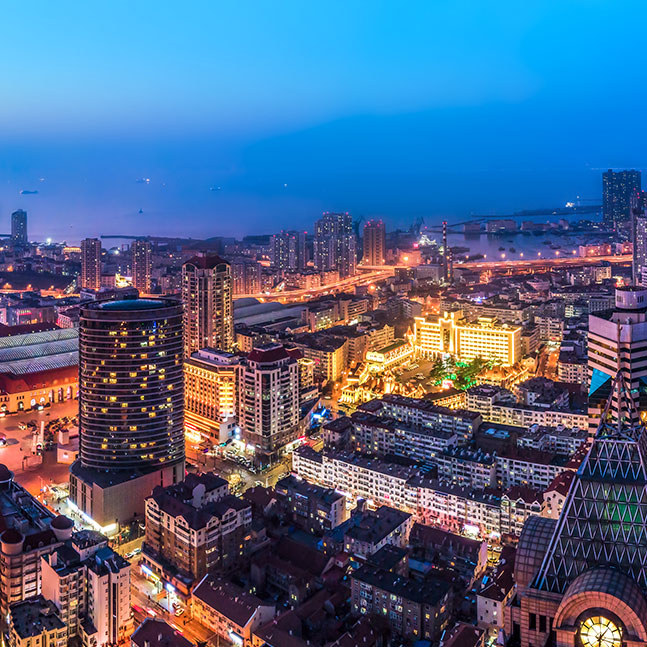News
Mindspace implosion of Hyderabad towers offers a rethink of redevelopment processes
Another big positive of the Mindspace demolition is that the entire process has been voluntary and it has taken the sting out of the process.
India’s first planned commercial building implosion took place in Hyderabad’s Madhapur recently. By bringing down building numbers 7 and 8, which were about 18 years old, Mindspace Business Parks REIT created a record of sorts in commercial property management. It used the best in the country, Edifice Consultants and Jet Demolition of South Africa, to bring down the ground plus four-storey (G+4) buildings to be replaced by 1.6 million square feet of sustainable space. Using about 400 kg of explosives, the buildings were brought down in just 6-8 seconds.
This project is important not only because it was a planned demolition but also because the structure and format of the towers were old and needed to be rebuilt. Structured planned implosions of buildings have been performed twice earlier in India, both court-ordered and in the residential space — the Maradu flats in Kochi and the Supertech twin towers in Noida. With this project, it has now been established as the operation of choice for any large redevelopment project, residential or commercial.
Planned implosion of buildings requires meticulous preparation. Not only does it need implosion expertise by the executing agencies but it also gives rise to a very large amount of dust, noise and debris. The dust has to be tackled with spray jets and the debris is contained within the demolition site with geotextile fabric and chain links.
Reprocessing C&D Waste
Now comes the biggest challenge, reprocessing the rubble and debris to usable products that would actually offset the cost of the new buildings. As a waste management-conscious group, Mindspace would no doubt create a conscious plan for managing the debris. With construction set to start soon to meet the ambitious FY 2027 target for the new 1.6 million sq ft of environmentally sustainable commercial space, Leeds Platinum rating and certifications as goals have already been announced.
Edifice Engineering, which executed the Noida and Kochi demolitions, has already faced the challenge of managing debris earlier. The Rs 20-crore demolition yielded 80,000 tonnes of debris. Steel and other metals were recovered and sold as scrap to rolling mills that generated wealth from the waste. The rest of the debris was processed into pavers, blocks, etc to be sold to developers in the vicinity. However, even though the waste processing plant operated by Ramky Reclamation and Recycling was present in Noida, the capacities were far too low to process the waste material in a hurry.
Hyderabad too has waste processing plants as well as the expertise to reprocess construction and demolition waste in the city. Add to that the fact that the site is to be used for new real estate which could well use the reprocessed blocks. Also, by reprocessing the waste, Mindspace can get its environmental brownie points and green ratings as it would amount to reusing existing materials. The effort would be to make it a net zero site, as is being done by the NBCC currently in redevelopment projects in Delhi. The pavers and blocks can come in handy when the new real estate and development is so large.
Developing Expertise
Another big positive of the Mindspace demolition is that the entire process has been voluntary, unlike the earlier implosions, and it has taken the sting out of the process. The demolition process is expensive but the environmental and green benefits as well as the speed of demolition make it attractive. The industry has come a long way from the Maradu days when the country had to go shopping abroad. With the three major demolitions that have taken place, the expertise is being finetuned to pave the way for more demolitions for redevelopment. In a rapidly growing economy where many crowded city districts are ripe for redevelopment, planned implosion offers a solution to city governments.
There are still many issues to be resolved. The issue of who is to pay for the reprocessing is still hanging fire. Incentives such as green discounts would make construction debris a resource and not a waste. Eventually, as more demand for construction waste is generated, there will be greater demand from existing builders to purchase these products. The reprocessed products attract 18 percent GST. Considering the extent of problems it can solve, there is a big case to not just drop GST on reprocessed C&D waste products but to offer subsidies. Only then will cities start taking their C&D waste seriously as a resource which can resolve current problems.
Planned research into the types of materials and blocks required to upgrade cities still needs to be undertaken. With incentives to private developers, cities too need to incentivise their public works departments to use a certain percentage of reused material blocks in their city projects. Then the generators would easily find takers for the reprocessed materials. And with a smaller need for fresh natural resources to be harvested, the country can come many steps closer to its committed ESG goals.
E Jayashree Kurup is a writer-researcher in real estate and Director Real Estate & Cities, Wordmeister Editorial Services. Views are personal, and do not represent the stand of this publication.
Source: Money Control



